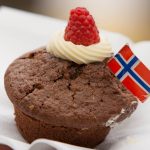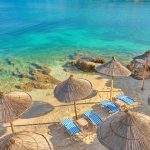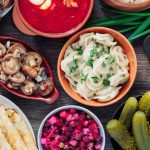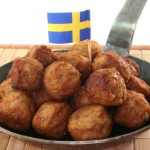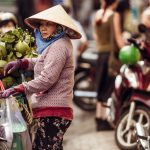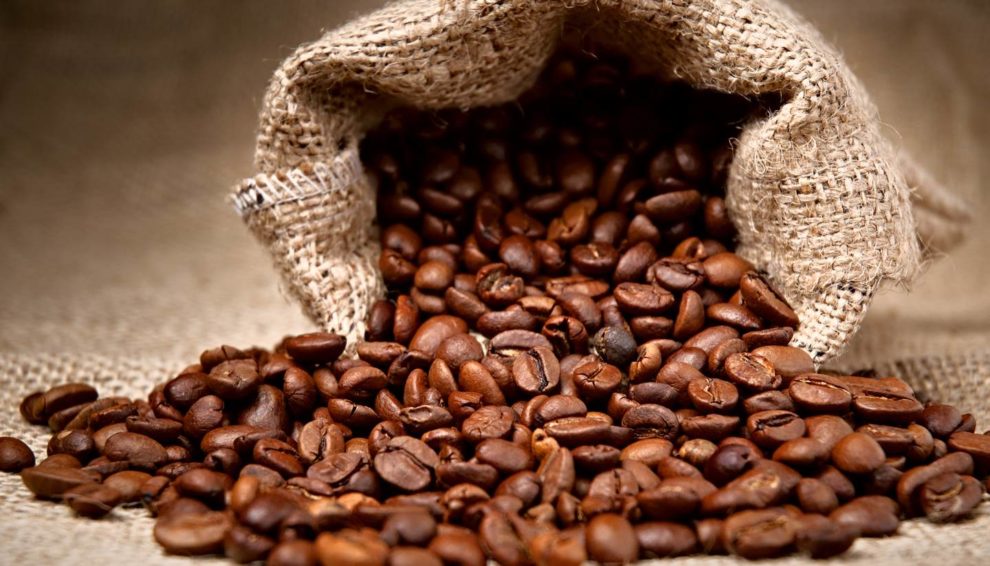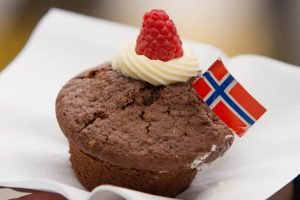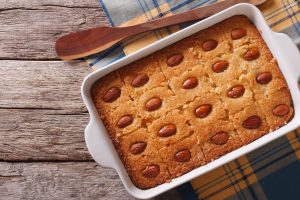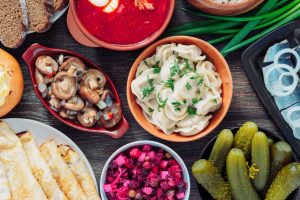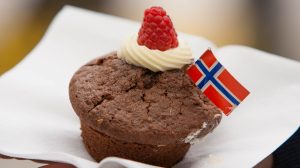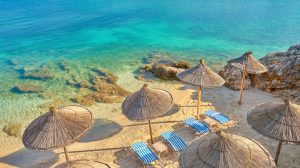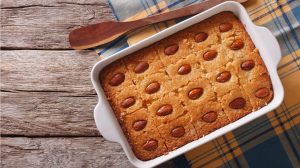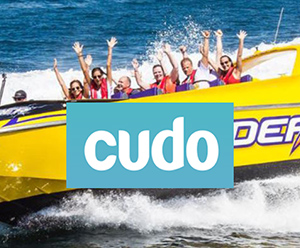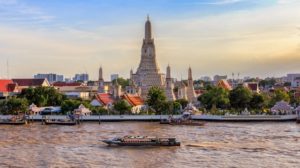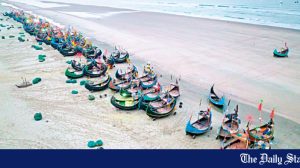What are the very best coffee beans on the planet? We show up the heat on the argument
All all over the world, coffee is commemorated as one of mankind’s most precious drinks. However, just like lots of things in life, not all coffee is made the exact same– and lots of connoisseurs might combat till the cows get home about which kind of coffee is the very best. So let’s have a look at some popular coffee beans and discuss their qualities.
The 2 primary kinds of beans
Firstly, it is essential to develop that they are 2 primary kinds of coffee beans: Arabica and Robusta (or Canephora). It is stated that both Arabica and Robusta represent 99% of the world’s supply, while obscure ranges like Baraco, Liberica and Charrieriana comprise the staying share.
Arabica beans control around 75% of the marketplace and they were cost US$ 3.60 per kg in August2020 Due to popular need, the cost is anticipated to increase substantially in the future. Arabica likewise has a couple of cultivars, the most popular ones being Bourbon and Typica.
Robusta, on the other hand, are substantially more affordable. The cost per kg was US$ 1.30 in July 2020, nearly 3 times more affordable than Arabica.
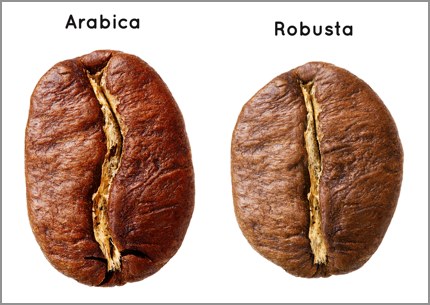
The primary distinctions in between Arabica and Robusta are as follows:
- Price: Arabica is more pricey than Robusta.
- Caffeine: Arabica has lower caffeine material.
- Acidity: Arabica tends to have greater level of acidity than Robusta.
- Growth: Arabica prospers in greater elevations, while Robusta is sturdy and grows at a lower elevation.
- Harvest: Arabica takes 4 years to produce berries while Robusta takes around 2 years.
Whether you choose Arabica or Robusta, that will be down to your taste, as their flavour is figured out by elements such as where they are grown (nation and elevation), how they are being processed and prepared. So let’s relocate to talk about a few of the world’s finest coffee beans for both brand-new and old coffee fans.
The beginner: Brazilian Santos coffee beans
For those who are brand-new to the world of coffee, or brand-new to grounding their own coffee beans, Brazilian Santos coffee beans are an excellent starting point.
Brazil is the world’s leading coffee exporter and Santos, a port city in southeastern Brazil, is the most significant container port in Brazil and likewise the entire of SouthAmerica Santos deals with about 40 countless tonnes of coffee beans each year, which is why the city is associated with conventional Brazilian coffee beans.
Beware that Brazilian Santos describes a local design, not a range or cultivar of coffee. In truth, Santos can be Bourbon (a cultivar of Arabica) or Robusta, if they are from the state of Esp írito Santo which mostly grows Robusta beans.
The design of Santos is lightly-roasted with a smooth texture. It works well with those who like sugarcoating and milk to their coffee.
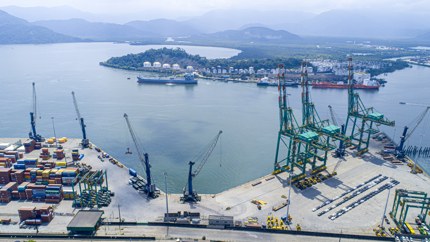
The all-rounder: Java coffee beans
LikeSantos, Java describes the local design of coffee discovered on the island of Java,Indonesia The Java beans remain in truth produced by an interspecific hybrid grown incredibly well on abundant volcanic soils.
Java beans have a long history which can trace back to the time when modern-day Indonesia was inhabited by the Dutch East IndiaCompany While not the earliest coffee producing location (that honour comes from Mocha in Yemen), West Java was house to a few of the earliest coffee plantations in the late 17- century.
When it pertains to processing Java beans, farmers count on the damp technique– soaking the beans in water initially, prior to fermenting and drying them. Java beans tend to be full-bodied and jam-packed filled with flavour. They are likewise low in acid and not too earthy, best for coffee drinkers who are still exploring their choices.
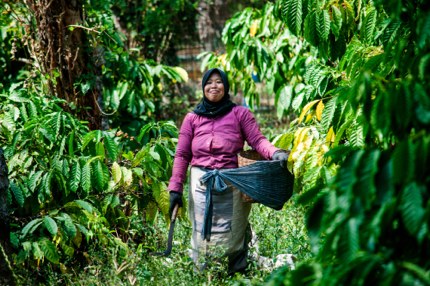
The initial: Ethiopian coffee beans
It’s stated that coffee was very first found in the area of Kaffa in southeast Ethiopia, a claim that undergoes lots of disputes. You can, nevertheless, get premium Ethiopian coffee beans at budget-friendly costs, a winning mix for coffee fans. Sidamo is the most popular coffee-growing area in Ethiopia where Arabica coffee beans are cultivated in little plantations at elevations from 1,500 to 2,200 m above water level. Ethiopian coffee beans tend to be abundant with intense level of acidity and a fruity, wine-like kick.
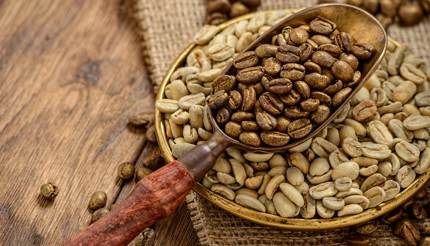
Silky smooth: Kona coffee beans
Hailed as the lover’s option, Kona coffee beans are grown just in the Kona district of Hawaii’s BigIsland The narrow belt of seaside land is favoured with abundant, volcanic soil, while the sloping surface is nurtured by a special microclimate of sun and rain in equivalent procedure.
Just like champagne, the growers secure the brand name jealously, and just beans produced in the district can bear the Kona name. Even so, lots of others ride on the track record of Kona coffee with deceptive names like ‘Hawaiian grown’ or ‘Kona blend’ which includes no greater than 10% of the genuine thing. The beans grown in these conditions produce coffee with a mellow, smooth however robust flavour profile.
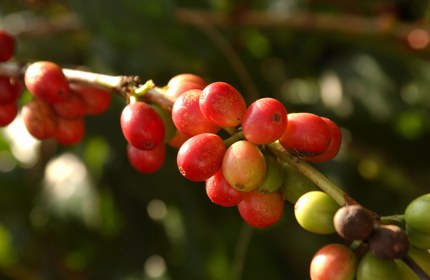
In the eye of the beholder
There are many various kinds of coffee beans– even our above tips are themselves occupied by different sub-categories that provide various tastes, smells and textures based upon production procedures and area. Because of that, it’s constantly excellent to bear in mind that– besides our own individual favourites– there is no objectively ‘best’ cup of coffee. So attempt various coffees, unwind and release your predispositions. Coffee is to be delighted in, not argued over.
Updated in September 2020.
If you like this post, you might likewise like:
Source link .


